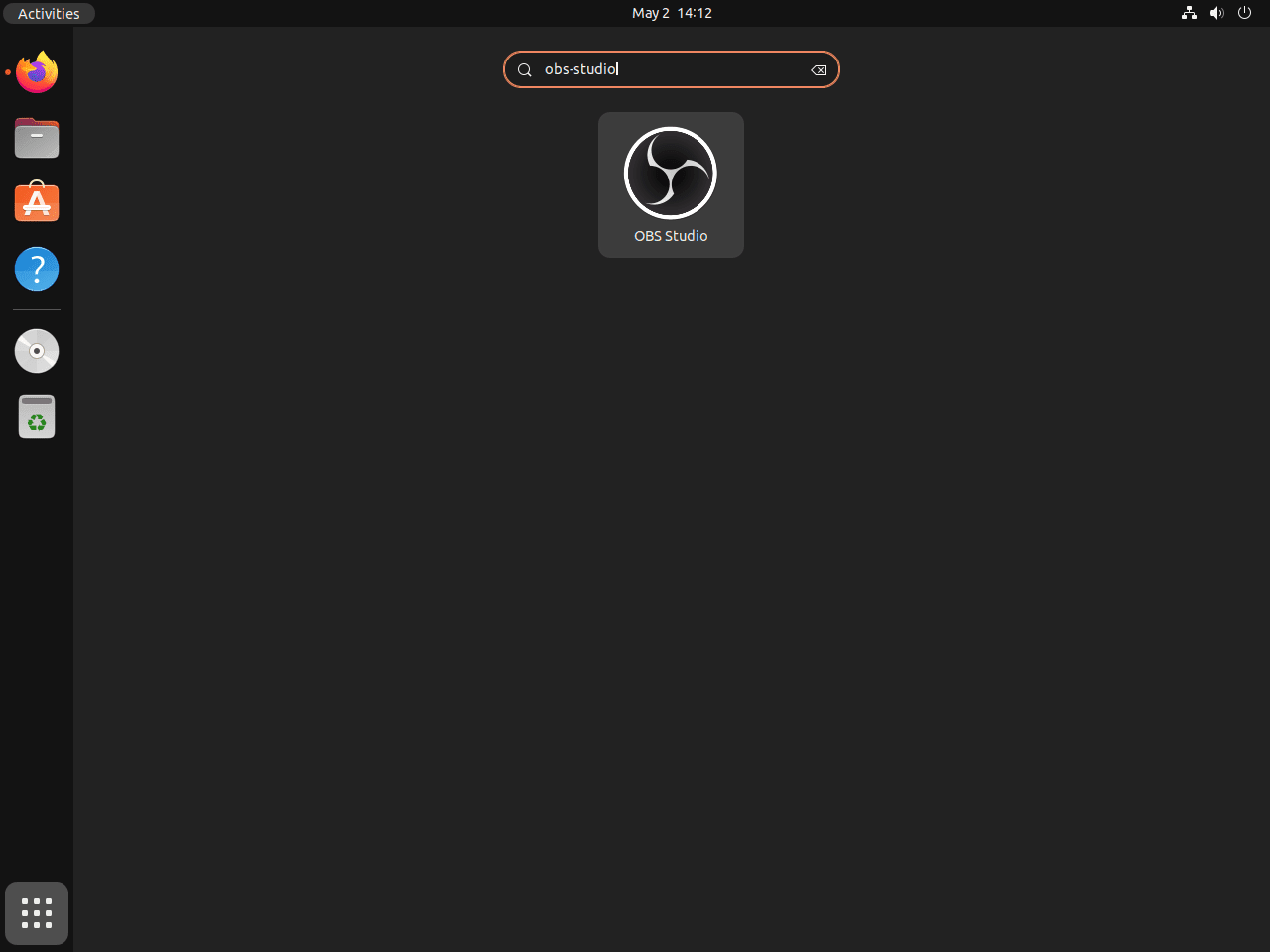OBS Studio is a powerful open-source software used for video recording and live streaming. It offers a wide range of features including real-time video and audio capturing, scene composition, and multiple streaming outputs, making it a popular choice for content creators, gamers, and professionals. Whether you’re looking to stream to platforms like Twitch and YouTube or record high-quality videos for later editing, OBS Studio provides the tools you need.
On Ubuntu 24.04, 22.04, or 20.04, you can install OBS Studio through several methods. The simplest approach is using the APT package manager with the Ubuntu default repository, which offers a stable and reliable version of OBS Studio. Alternatively, for access to the latest features or pre-release versions, you can use the OBS Project Launchpad PPA, which provides both stable and unstable builds. For those who prefer a sandboxed environment, OBS Studio is also available via Flatpak through the Flathub repository. This guide will walk you through each installation method, allowing you to choose the best option for your needs.
Method 1: Install OBS Studio with APT
Update Ubuntu Before OBS Studio Installation
To ensure a smooth installation process and maintain good practice, updating your Ubuntu system before installing OBS Studio is essential. This helps prevent potential issues during installation and ensures compatibility with the latest packages.
To update your Ubuntu system, open the terminal and run the following command:
sudo apt update && sudo apt upgradeSelect OBS Studio Installation Method
There are two methods for installing OBS Studio using APT:
Option 1: Install OBS Studio with Ubuntu Repository
Installing OBS Studio directly from the Ubuntu repository is ideal for maintaining a stable system environment. However, this method may not provide the most recent updates, bug fixes, or improvements to OBS Studio, as the repository can lag behind the latest releases.
To install OBS Studio from the Ubuntu repository, run the following command in your terminal:
sudo apt install obs-studioIf you prefer a more updated, stable, or nightly version, consider using the OBS Project PPA in Method 2 below.
Option 2: Install OBS Studio via OBS Project PPA
The first step in this method is to import the PPA containing the latest stable OBS Studio version maintained by the OBS Project team. Run the following command in your terminal:
sudo add-apt-repository ppa:obsproject/obs-studio -yAlternatively, you can install the unstable master build version if you prefer. The unstable and stable versions share the same installation process, so importing the unstable version will allow you to access the latest stable version if there are issues with the unstable build.
To add the unstable version, run the following command:
sudo add-apt-repository ppa:obsproject/obs-studio-unstable -yAfter adding the desired PPA, run an APT update command to synchronize your package manager with the new repository:
sudo apt updateFinally, install the latest stable version of OBS Studio with the following terminal command:
sudo apt install obs-studio -yMethod 2: Install OBS Studio Flatpak and Flathub
This section will explore an alternative method to install OBS Studio using the Flatpak package manager. Flatpak is a universal packaging format for Linux applications, similar to Snap, which offers benefits like sandboxing and easy updates. Installing OBS Studio with Flatpak ensures you have the latest version of the software while keeping it isolated from the rest of your system.
Note: If your system does not have Flatpak installed, please refer to our guide on “How to Install Flatpak on Ubuntu” for step-by-step instructions on installing the most recent supported version of Flatpak.
Enable Flathub For OBS Studio
Before installing OBS Studio through Flatpak, you must enable the Flathub repository, a primary source for Flatpak applications. To enable Flathub, execute the following command in your terminal:
sudo flatpak remote-add --if-not-exists flathub https://flathub.org/repo/flathub.flatpakrepoThis command adds the Flathub repository to your Flatpak configuration, ensuring you have access to various applications, including OBS Studio.
Install OBS Studio via Flatpak Command
With Flathub enabled, you can now install OBS Studio using the flatpak install command. Run the following command in your terminal:
flatpak install flathub com.obsproject.Studio -yThis command installs OBS Studio from the Flathub repository, providing you with the latest version of the application.
Launching OBS Studio
With OBS Studio installed on your system, you can use several methods to launch the software. This guide will outline these methods, catering to command-line enthusiasts and desktop users, so you can start OBS Studio the way you prefer.
CLI Methods to Launch OBS Studio
If you have the terminal open, you can launch OBS Studio directly using the following command:
obsFor those who installed OBS Studio via Flatpak, you can run the following command instead:
flatpak run com.obsproject.StudioGUI Method to Launch OBS Studio
Desktop users who prefer not to open a terminal constantly can easily access OBS Studio using the graphical interface. To launch OBS Studio, follow these steps:
- Click on Show Applications or Activities (depending on your desktop environment).
- Search for OBS Studio in the search bar.
- Click on the OBS Studio icon to start the application.


Additional OBS Studio Commands
Update OBS Studio
OBS Studio integrates its updates with standard system updates. If you want to check for updates more often, enter the following command in your terminal:
sudo apt upgrade && sudo apt upgradeThis command will update your system’s package index and, if applicable, upgrade OBS Studio to the latest version.
For alternative installations with the Flatpak package manager, use the following command to check for updates for OBS Studio and any other Flatpak application or package you have installed:
flatpak updateRemove OBS Studio
If you no longer need OBS Studio, you can remove it from your system using one of the following commands, depending on your installation method:
For users who installed OBS Studio with APT:
sudo apt remove obs-studioAfter removing the software and if you used one of the PPAs, it’s a good practice to remove it for security and system maintenance purposes.
To do so, run the following command:
sudo add-apt-repository --remove ppa:obsproject/obs-studio -yIf you installed OBS Studio from the unstable repository, execute this command in addition to the one above:
sudo add-apt-repository --remove ppa:obsproject/obs-studio-unstable -yFor users who installed OBS Studio using Flatpak, you can remove the software by running the following command:
flatpak uninstall com.obsproject.StudioClosing Thoughts
With OBS Studio installed on your Ubuntu system, you have a robust tool for all your streaming and recording needs. Whether you opt for the stability of the Ubuntu default repository, the cutting-edge features available from the OBS Project PPA, or the security of Flatpak, each method ensures that you can utilize OBS Studio to its full potential. Regular updates through these methods will keep your installation current, allowing you to take advantage of the latest improvements and enhancements. Enjoy creating high-quality content with OBS Studio on Ubuntu.

